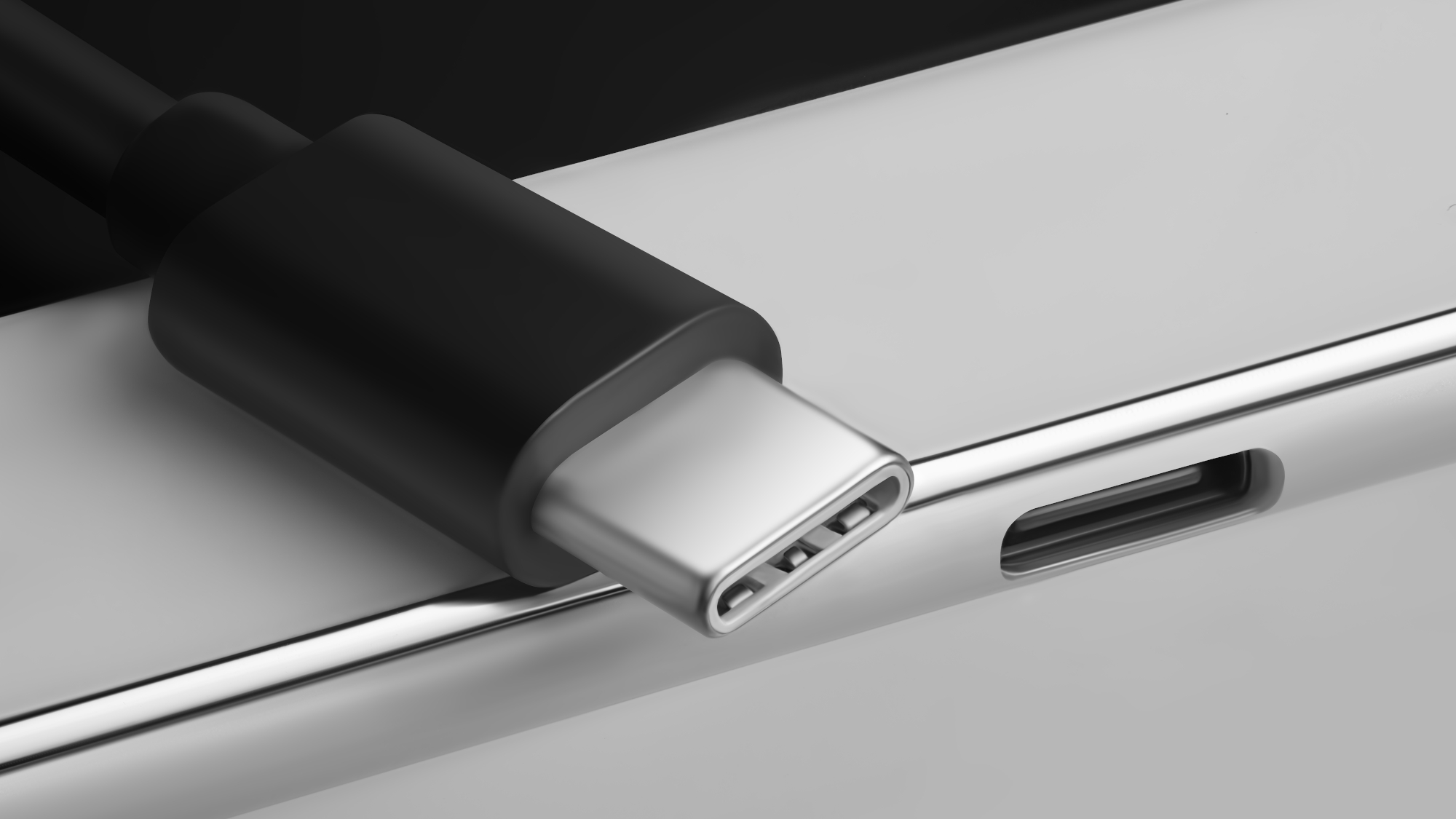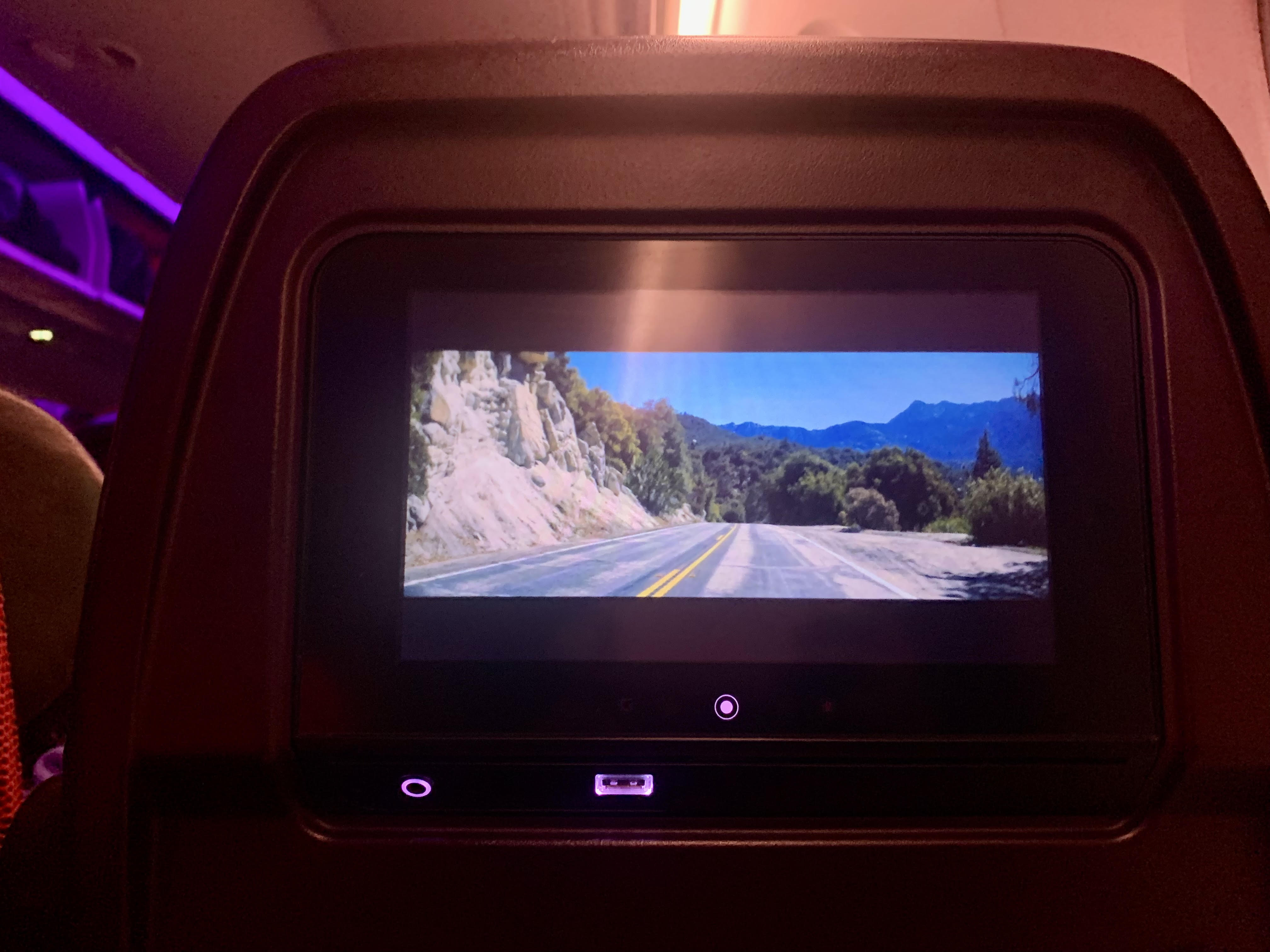iPhone 15 may be ready for USB-C — is the rest of the world ready for it?
Here’s what it’s like traveling with a USB-C smartphone

The iPhone's days with the Lightning port are numbered. With the European Union approving a law last year that requires a common charging port on devices, Apple will no longer be able to include its proprietary Lightning port on its products, including the iPhone. Instead, USB-C charging will be the standard going forward.
We are slowly inching toward the December 28, 2024 deadline, which is the point where phones without USB-C ports can't be sold within the European Union. And that's going to force Apple's hand, potentially as soon as this fall's iPhone 15 release. Those phones are widely expected to get USB-C ports to beat the EU's deadline.
It’s not just the EU, by the way — India has also recently joined the list of countries that will require smartphones to migrate to USB-C by 2025. This makes it even less likely that Apple would create different models for EU/India and the rest of the world.
But even if the iPhone 15 is ready for USB-C this year, it makes me wonder if travel infrastructure is as USB-C friendly as it could be.
I recently moved from an iPhone XR to the Pixel 7 Pro following years as an iPhone user. Soon after switching phones, I had an overseas trip coming up, which required me to travel halfway around the world with my new Pixel. The Pixel 7 Pro is an excellent phone in its own right and one that happens to already include a USB-C charging port. I have had no complaints with the Pixel 7 Pro's fast charging so far, but traveling with this phone proved to be more inconvenient than I was expecting.
Traveling with a USB-C phone
I was excited to take my Pixel 7 Pro for my holiday travels since it is one of the best camera phones around and I was planning to take a lot of pictures. I was going to travel from the U.S. to India, and the first thing I thought of was a converter plug that I would probably need in India to fit into the electrical sockets there.
The travel converters that I already had with me included only a USB-A port and given that the Pixel 7 Pro, ships with a USB Type-C to Type-C cable, that would have not served my purpose.
I quickly ordered a Type-C to Type-A converter on Amazon for $8. Unfortunately, this didn't end my struggles with getting my phone to charge on this trip. In retrospect, I should have considered ordering the official Google USB-C to USB-A cable instead. At $20, it’s more expensive, but it would have made charging the phone on-the-go much easier.
The Pixel 7 Pro has an underwhelming battery life based on our testing, making it unlikely to last a 10-hour flight on a single charge, especially with all the movies I had downloaded to watch. My seat had a single USB-A port, which wouldn’t have been a problem had I bought that Google USB-C to USB-A cable. Instead, I wound up connecting my Pixel 7 Pro USB-C cable to my converter plug, which fitted into the plane’s charging socket. This did the job, but it was slightly tedious to keep the phone charging in that position for extended periods of the flight.

Charging my Pixel 7 Pro on the flight was extremely slow, negating one of the benefits of USB-C. Yes, I could keep my phone powered up, but not as rapidly as I had hoped when switching to the Pixel.
My excruciatingly long journey involved a stop at London’s Heathrow Airport where I would have to change flights. Again, at Heathrow, the charging stations only had provisions for USB-A charging.
It's not just this one-time experience that has me wondering where all the USB-C ports are at. During a summer trip to Europe on another airline, I ran into the same issue.
To be clear, parts of the world where Android phones are widely used may be more than ready for USB-C. The problem that I’ve run into relates to international travel, where we see aging ports in flights, airports, hotels and some public places.
Based on my recent experience, travel infrastructure remains centered around USB-A in many cases. Some airports and aircrafts will need to upgrade their charging ports or leave us with electrical sockets, which I find are more versatile than just a USB port since you can plug in portable wall chargers. And needing the ‘right’ USB-A to USB-C cable to get the benefit of fast charging is a pain; not everyone is up to speed on the latest USB power delivery standards or knows that not all USB cables/chargers are equal.
If you have a phone with a USB-C port and are going to travel internationally, chances are that you'll still need a USB-A to USB-C cable to take advantage of many publicly available charging stations. That seems to defeat the purpose of fast data transfer speeds and charging.
There is no doubt that USB-C is much faster than a Lightning port when it comes to data transfer speeds and charging. If Apple finally moves to USB-C with the iPhone 15, it will definitely be good news for users. At the same time, Apple has argued the move to USB-C will create more e-waste as users toss out old Lightning cables. We will have to see what kind of cable Apple decides to go with for the iPhone 15 series if this is the phone that makes the switch.
Creating one charging standard is better for everyone in the long run, but some infrastructure needs to play catch up in certain countries.
During CES 2023, we learned that Qi2 wireless charging will bring MagSafe technology to Samsung phones. This will unify wireless charging across Samsung and iPhones and it's a beneficial move for consumers.
Editors’ Note: This article was updated from an earlier version that was imprecisely edited. We’ve corrected a comparison of USB-C and Lightning speeds and made other changes to emphasize that the author’s concerns are related to travel infrastructure and USB-C.
More from Tom's Guide
Sign up to get the BEST of Tom's Guide direct to your inbox.
Get instant access to breaking news, the hottest reviews, great deals and helpful tips.

Sanjana loves all things tech. From the latest phones, to quirky gadgets and the best deals, she's in sync with it all. Based in Atlanta, she is the news editor at Tom's Guide. Previously, she produced India's top technology show for NDTV and has been a tech news reporter on TV. Outside work, you can find her on a tennis court or sipping her favorite latte in instagrammable coffee shops in the city. Her work has appeared on NDTV Gadgets 360 and CNBC.
-
istredd I am sorry, but this article is extremely dumb! Why on earth owner of Pixel 7 Pro didn't just go and buy official USB-A to USB-C fast charging cable and went into the holidays without any issues, but instead just generated this stupid article after buying some shady third party slow charging extension?Reply -
iDroidX You mean your editor hasn't got a clue what they're doing. The rest of the world have been using USB-C for many years now and if they done their research before using the Pixel they would have known to purchase a USB-C charger, why would you even get a USB-C to a USB-A adapter, just complicating things for no reason.Reply -
Stharvey This article just shows that the author made a very poor choice by deciding for some reason to use a poor quality "adapter" instead of a decent quality usb-c to usb-a charging cable (which is very much a standard and extremely common cable). I have traveled the world and have never had an issue charging my usb-c devices. This article is a bit embarrassing for a tech website... In fact I charge my pixel 6 pro using a decent usb-c to usb-a charging cable at home every day and I never have any issues.Reply -
Bobs_toys What does the author think an iPhone cable is?Reply
It's the same sort of thing that's common for usb c. Usb a to lightning instead of usb a to usb c.
I've got absolutely no idea why this would be written. It would be like looking at the (complete) lack of lightning charging ports and saying the world isn't ready for lightning.
My wife has USB c to lightning cables btw. -
Jimmiem Tell me, what type of connection is on the non-phone side of an iphone lightning connector cable? USB C or USB A are available. So what, I beg of you, difference would USB C on the phone side make?Reply -
Djh0111 Oh bore off! Android users have been using USB C for years now. Just because you're obsessed thunder bold and lightning chargers, doesn't mean the rest of the worlds already moved on.Reply
Stupid article. -
bobpaul Replylike most Android phones, ships with a USB Type-C to Type-C cable.
Is that true? I've owned a half dozen USB-C phones from Samsung, Motorola, and Sony and they all came with a Type-A charger and an A-to-C cable. I bought a charger that has Qualcomm Quick Charge 3 (type A) for fast charging. I still don't own a C-to-C cable. My work laptop uses USB-C with Power Delivery for charging, but one end of the USB-C cable is built into the hub, and HP still ships a barrel jack charger with the laptop. -
Dweeb4454 I can't believe such a stupid article was seriously posted on a "tech" website by a "tech news editor"?:oops: The website lost their credibility with this, big time.Reply
For anyone confused:
1. First of all, the recent laws about USB-C are a challenge for apple's iPhone manufacturing because of the port on the phone, not the port on the adaptor. This article deliberately confuses between the two to make the dumbest point, especially for such a well-known website!
2. Apple already uses cables with USB-C-to-Lightening cables like the others, meaning this news editor's "struggle" would have been the same with any other phone including an iPhone.
3. Not that this is even relevant to the title, but the "8 dollar adaptor" she says she has to use is so DUMB. Usb-A to usb-C cables are more common than the flu. The whole world knows that USB-A to USB-C cables are the norm. This is also the case for Apple who, again, also switched to using usb-c ports on the adaptor's end and stopped using the more common USB-A on the adaptor's end.
4. This literally has nothing to do with the Lightening port system, the one affected by the new policies. It's like she's been living under a rock, or at least pretending to be dumb so she could write this, and clearly nobody proofread it. A tech news editor??? Really???:oops: -
Saudiexpat As someone from Europe who works overseas, (mainly in the Middle East and Asia, but occasionally the east coast of the US), this article is incorrect on so many grounds that I have to question the knowledge and experience of the author.Reply
USB C does not offer “33% faster data transfer than lightning”, as lighting is USB 2 based and therefore offers a maximum transfer speed of 480Mbps. USB C can offer at least 5Gbps but up to 40Gbps. So lets say USB C offers at least 10x the transfer speed.
The rest of the world is very ready for USB C, as most of Europe and Asia have embraced it due mainly to its proliferation on Android smartphones, MacBooks , iPads, PCs, mice etc. in fact lightning seems to be the much less used standard these days,
Travelling anywhere in the world without a ubiquitous USB A to USB C cable demonstrates a lack of planning, i hope they survived the trip as if this is indicative of the authors preparedness, I’m amazed they can tie their shoes.
We deserve better researched articles than this, -
Falney That's weird. My pixel came with a type-c to type-c cable and a type-c to type-a connector. No need to buy one.Reply
